
Specs
- Display : 5.15-inch IPS, 1440 x 720 resolution (312ppi)
- Storage : 64 Gb
- SNR: 118dB single-ended / 119dB balanced
- Output power : 200mW @ 32-ohm (single-ended) / 550mW @ 32-ohm (balanced)
- Battery-life: Up to 9.5 hrs
Design
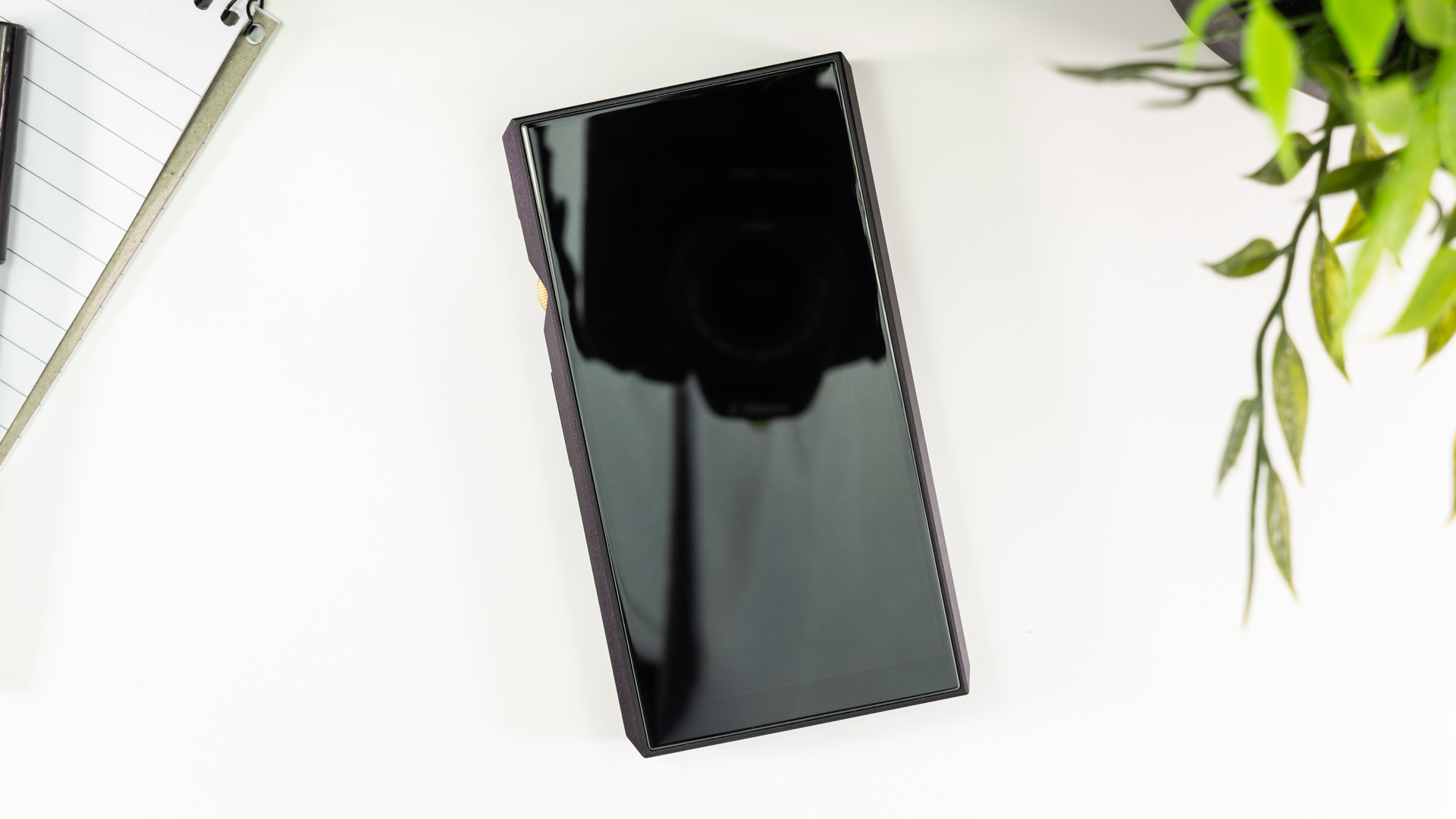
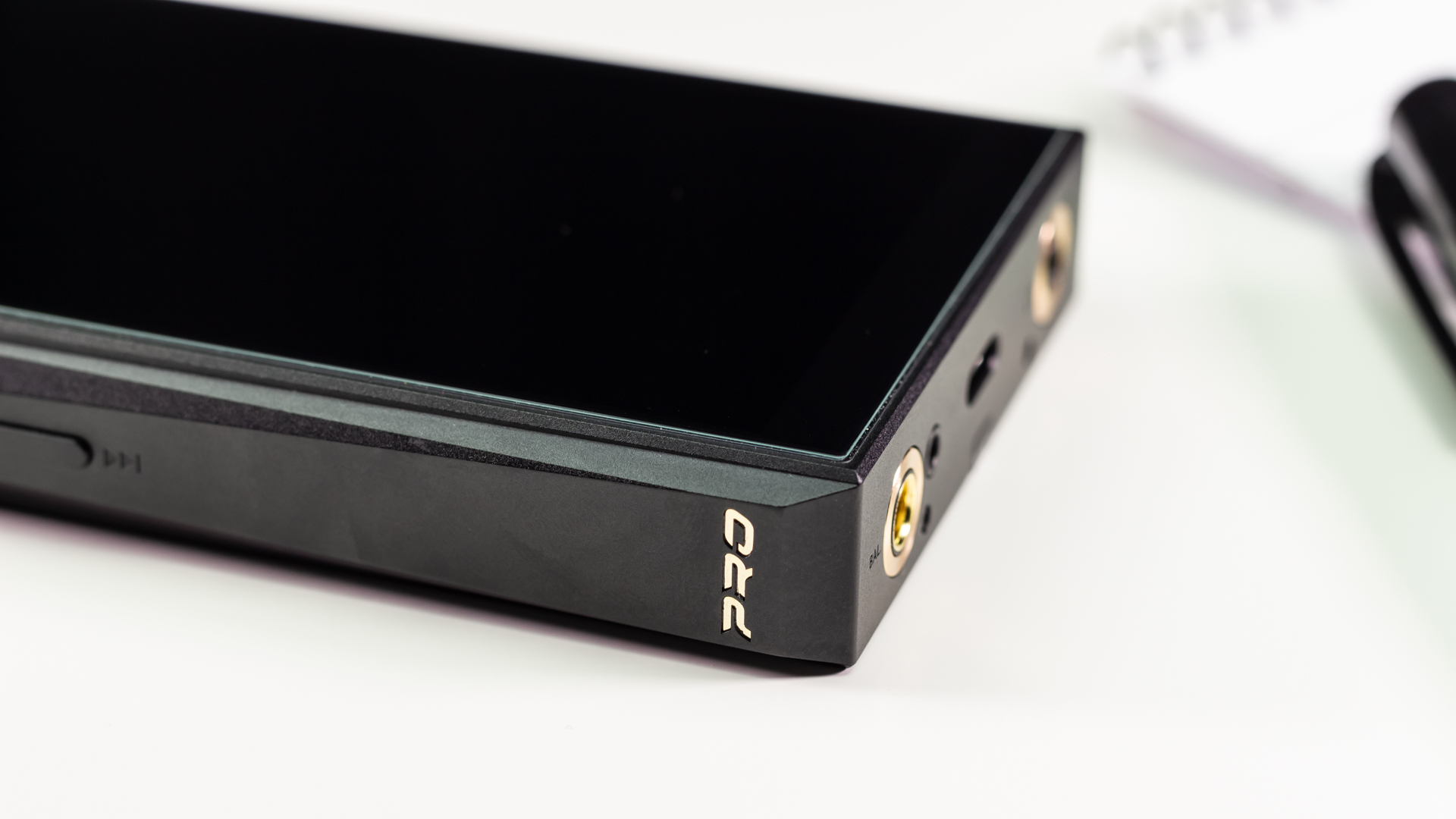
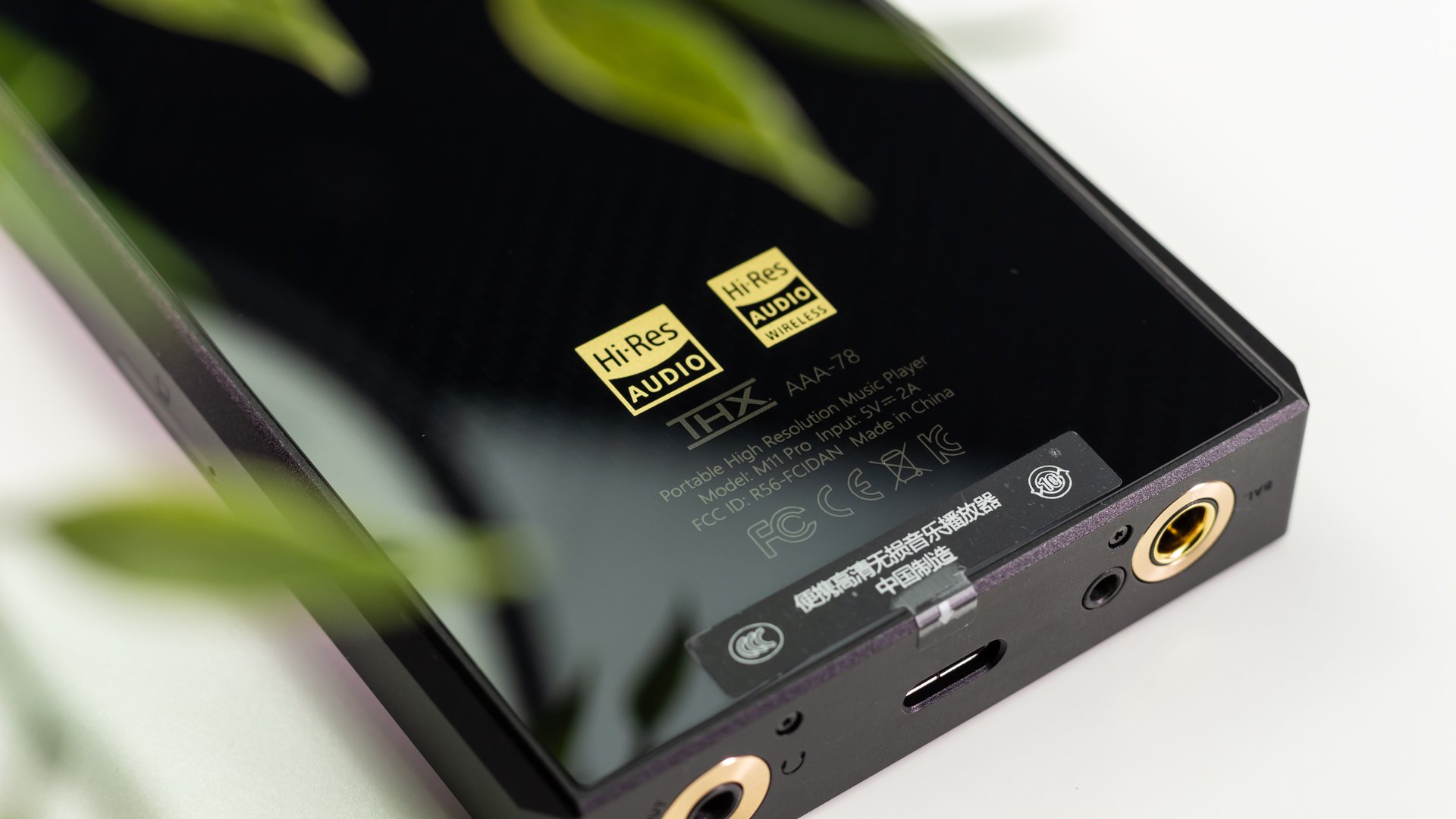
For the most part, the M11 Pro looks essentially identical to the regular M11. We are yet again getting that gorgeous 720p 5.15-inch IPS display, as well as both 2.5mm and 4.4mm balanced outputs alongside the regular 3.5mm single-ended output along the bottom. The look and arrangement of the volume dial, play/pause, and skip buttons have also remained the same. However, there are some physical differences, but they really are quite subtle. The first is a little Pro logo towards the bottom edge of the left side. Don’t be fooled into thinking that this is just a little sticker or a simple splash of paint, though. Instead this logo has actually been etched into the body of the M11 Pro, and so it sits slightly recessed with reference to the rest of the case. Over on the rear we are getting the same faux-carbon texture, but the text is a little different as it indicates the implementation of some THX AAA-78 amplifier circuitry. I’m still a little disappointed that FiiO has not used some actual carbon fiber here, especially on the Pro version. But, whatever, that would be an entirely cosmetic thing anyways, right?
In terms of the physical dimensions, the M11 Pro is also slightly thicker and heavier than the regular M11. The length and width has remained the same, but the Pro is a whole 1mm thicker and has also picked up 21g in weight, which is most likely due to the increased battery capacity used. But, we’ll talk more about the internal changes in a second.
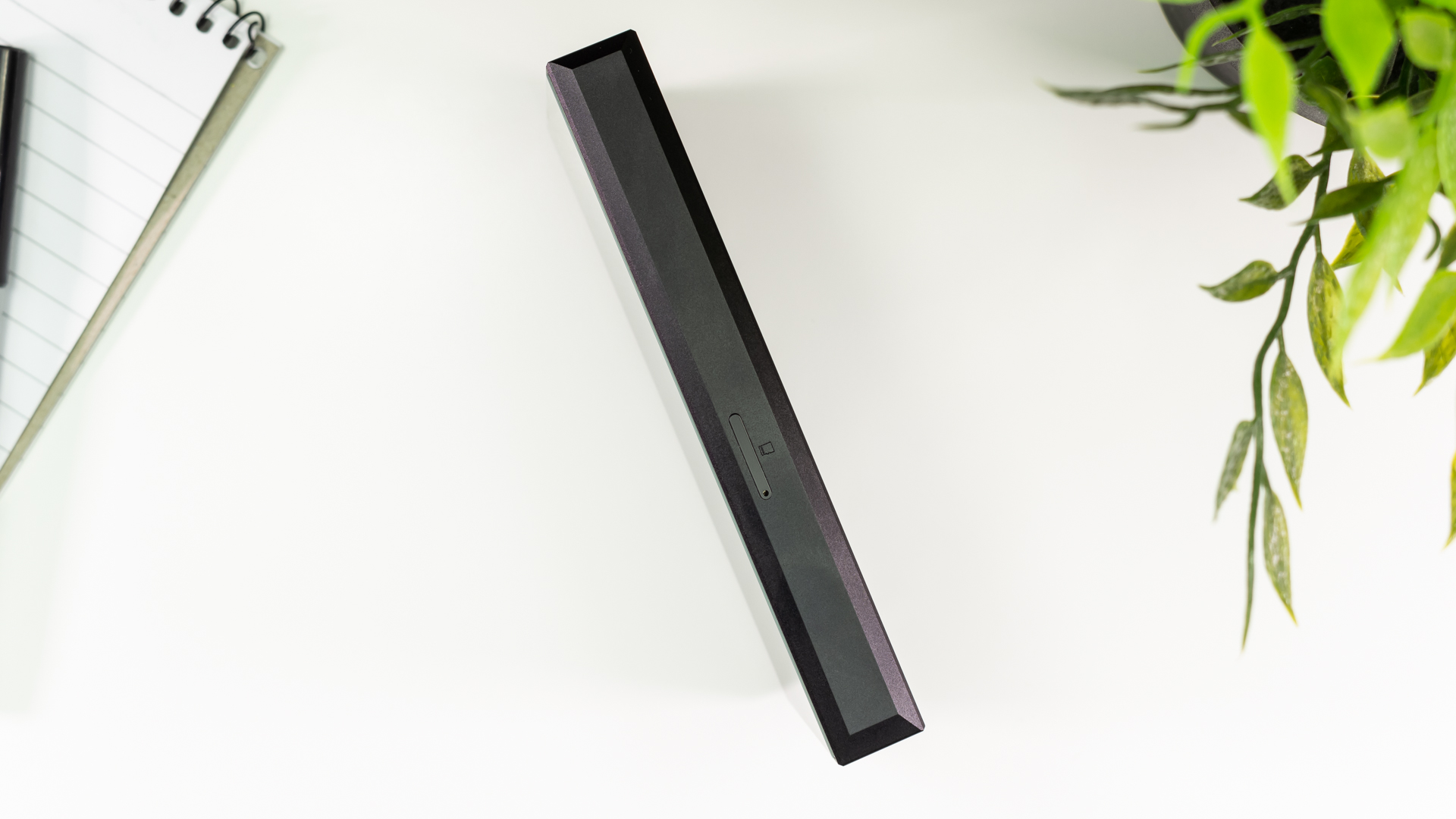
I think perhaps the most disappointing change between the M11 and the M11 Pro is the fact that the Pro only has a single card slot. I must admit that it does feel a little strange to see that the regular version has better functionality in this regard. You’d think that it would be the Pro version which would have the dual card slots, or at the very least have the same number of card slots as the regular version. But, having said that, I kind of understand why FiiO did this. As noted in my review of the M11, there were some issues with some larger capacity cards from Lexar, and this put a question mark on how the device would perform in the future as even higher capacity cards became available.
So yes, I do understand that FiiO wanted to ensure that the M11 Pro wouldn’t misbehave with those larger capacities, but I would’ve preferred to see them fix that issue, rather than avoid it. But then again, FiiO’s engineers are far from stupid, and my best guess would be that there would probably have been some sort of physical limitiation which stopped them form being able to increase the amount of power required for the second card slot.
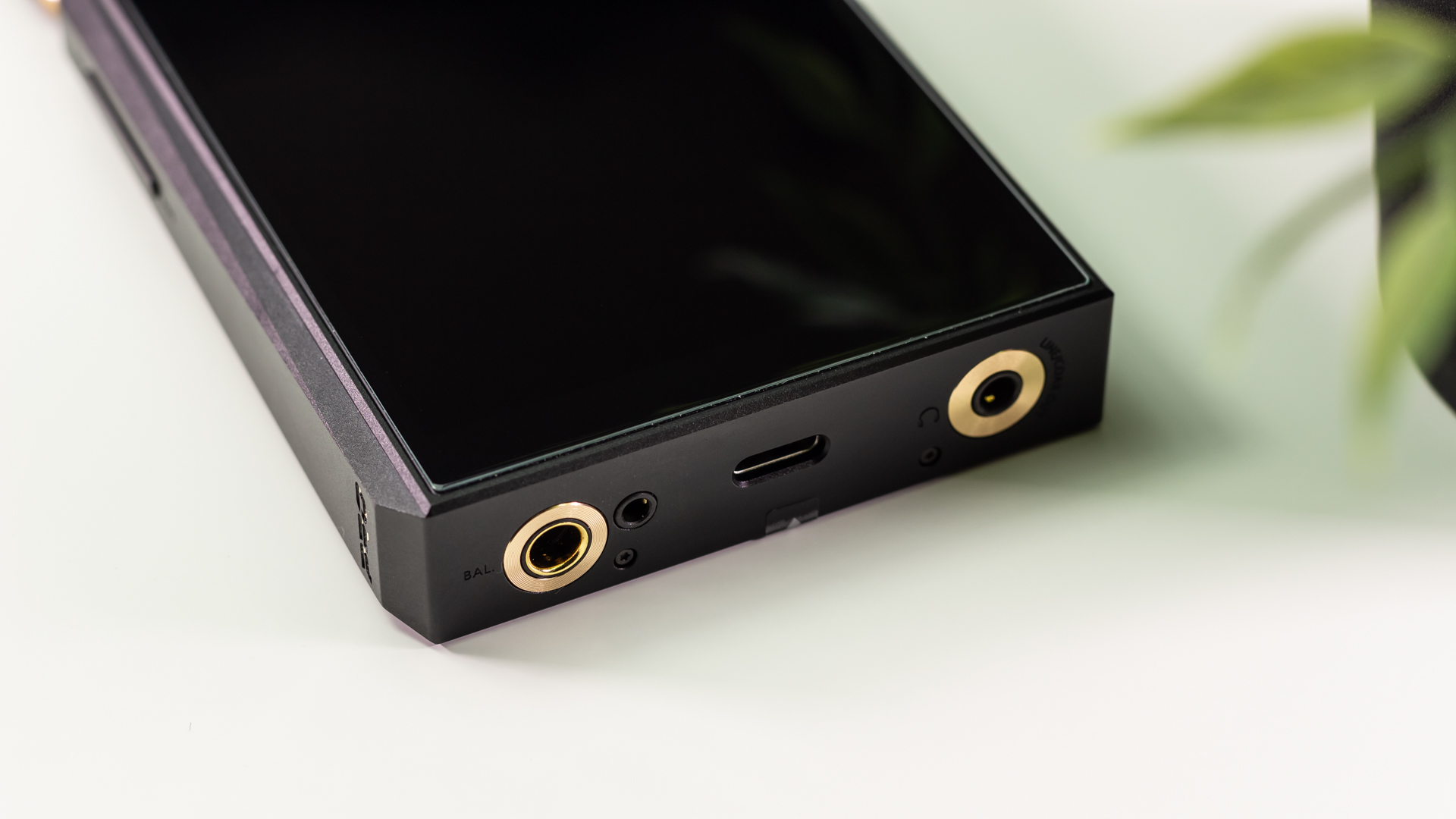
If you want a closer look at the rest of the design as well as the UI of the M11 Pro, then head on over to the review of the M11.
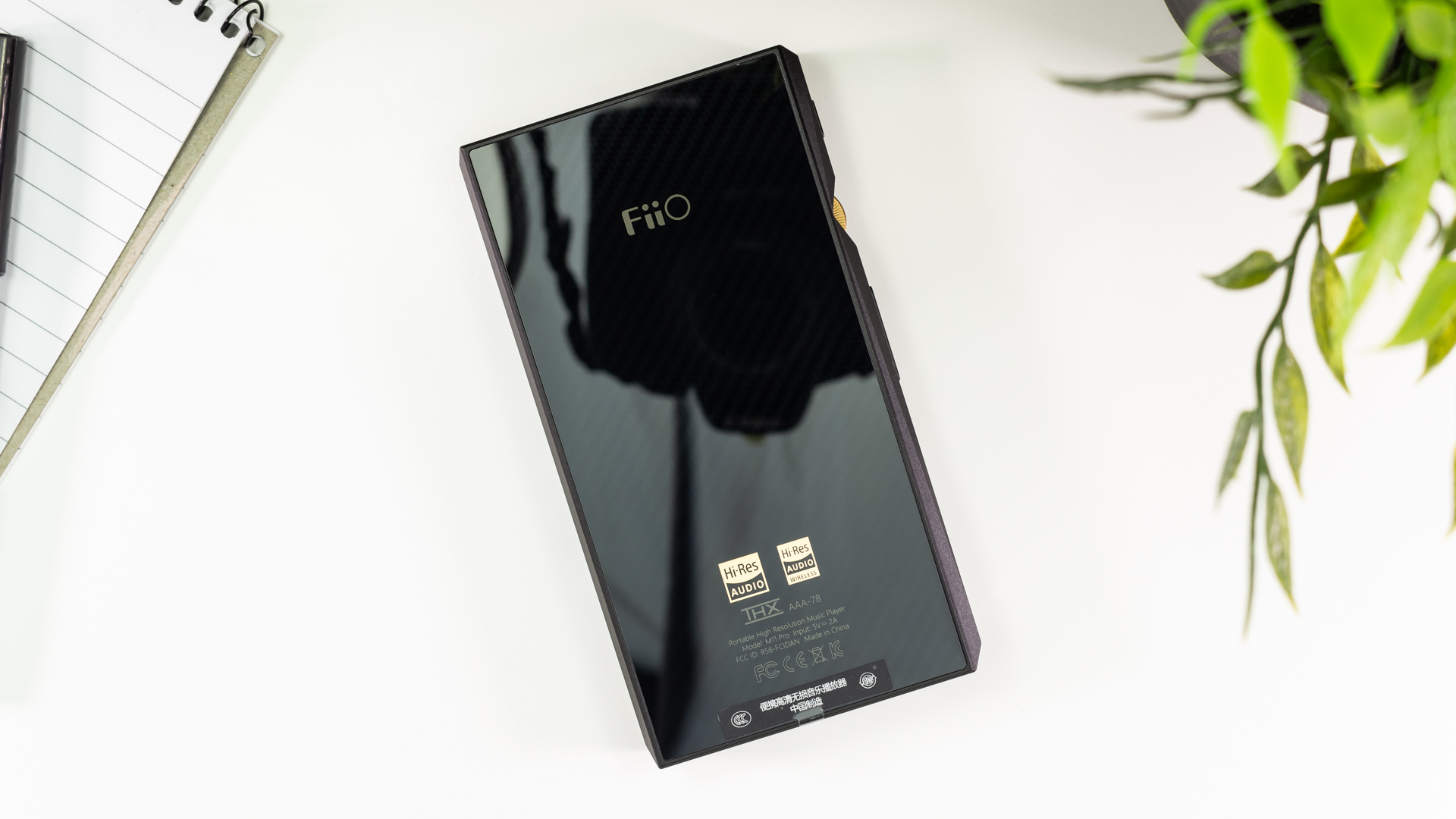
So, on the inside is where we see some more major upgrades. The most prominent of which is the implementation of dual AK4497EQ DAC chips, as well as the aforementioned THX AAA-78 amplifier circuitry. That THX AAA technology has been all the rage recently as we’ve seen this featured in a number of desktop products in the Monolith line from Monoprice, as well as a portable DAC/AMP. Even Drop has gotten in on the action with their THX AAA-789 desktop amp.
Elsewhere, the internal storage has been bumped up to 64Gb, and the battery capacity has also increased by 15%. However, this doesn’t necessarily mean that you’re getting better battery-life. The Pro gets about an extra 5 days-worth of standby time, and Bluetooth streaming with the LDAC format has increased from 48 hours to 55 hours. Similarly, the Pro will fetch you an extra hour of battery-life when using a balanced connection, but the single-ended output is a whole different story. For the 3.5mm port you could actually see a reduction of 27% seeing as the Pro is rated for about 9.5 hours, as opposed to the 13 hours of the regular M11.
Oddly enough, in most cases you’re not really getting any more available power either. For the 3.5mm output, the Pro can produce about 15% more power into a 16-ohm load, but into a 32-ohm load there’s only a 3% increase, and when you get to a 300-ohm load there’s no difference at all. For the balanced outputs, the Pro actually has about 4% less power available for a 16-ohm load, whereas for 32-ohm and 300-ohm loads it’s rated to have the same 550mW and 88.5mW respectively as the M11
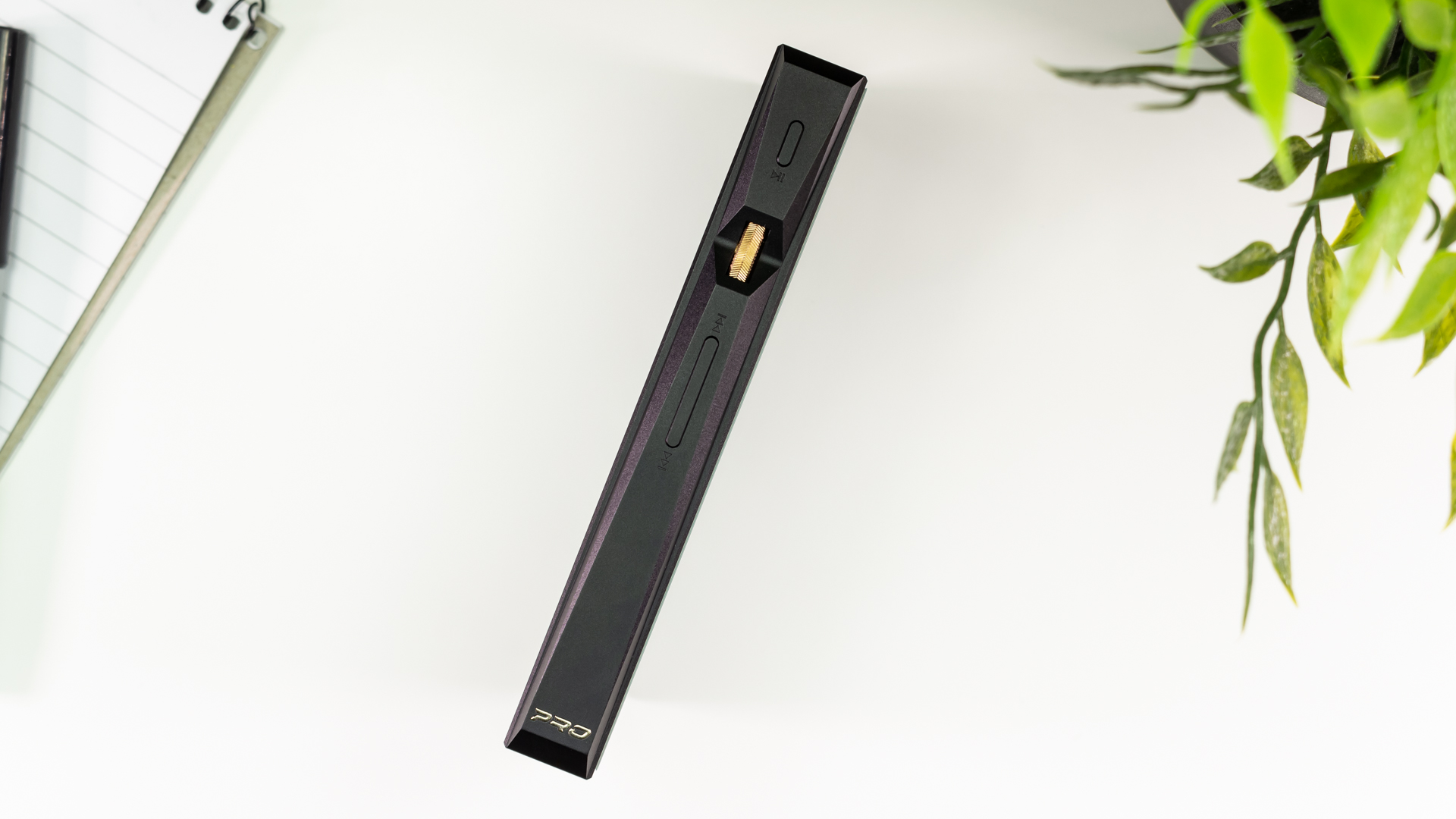
The real differences come down to the noise-floor and THD figures, as the M11 Pro measures quite a bit better than the regular M11.
For the lineout, the Pro sees a reduction of 40% in the THD+N measurement, whereas the noise-floor is reduced by roughly 66%. A similar trend can be seen in the measurements for both the 3.5mm and balanced headphone outputs whereby the single ended has a reduction of 72% for the THD+N measurement, and a 40% lower noise-floor. And finally, the balanced output has a 46% improvement for the THD+N measurement, along with a roughly 43% decrease in the noise-floor.
So, in terms of objectively demonstrable measurements, the M11 Pro does offer some substantial improvements over the regular M11. However, these measurements don’t really tell you anything about how the device will sound for 2 main reasons.
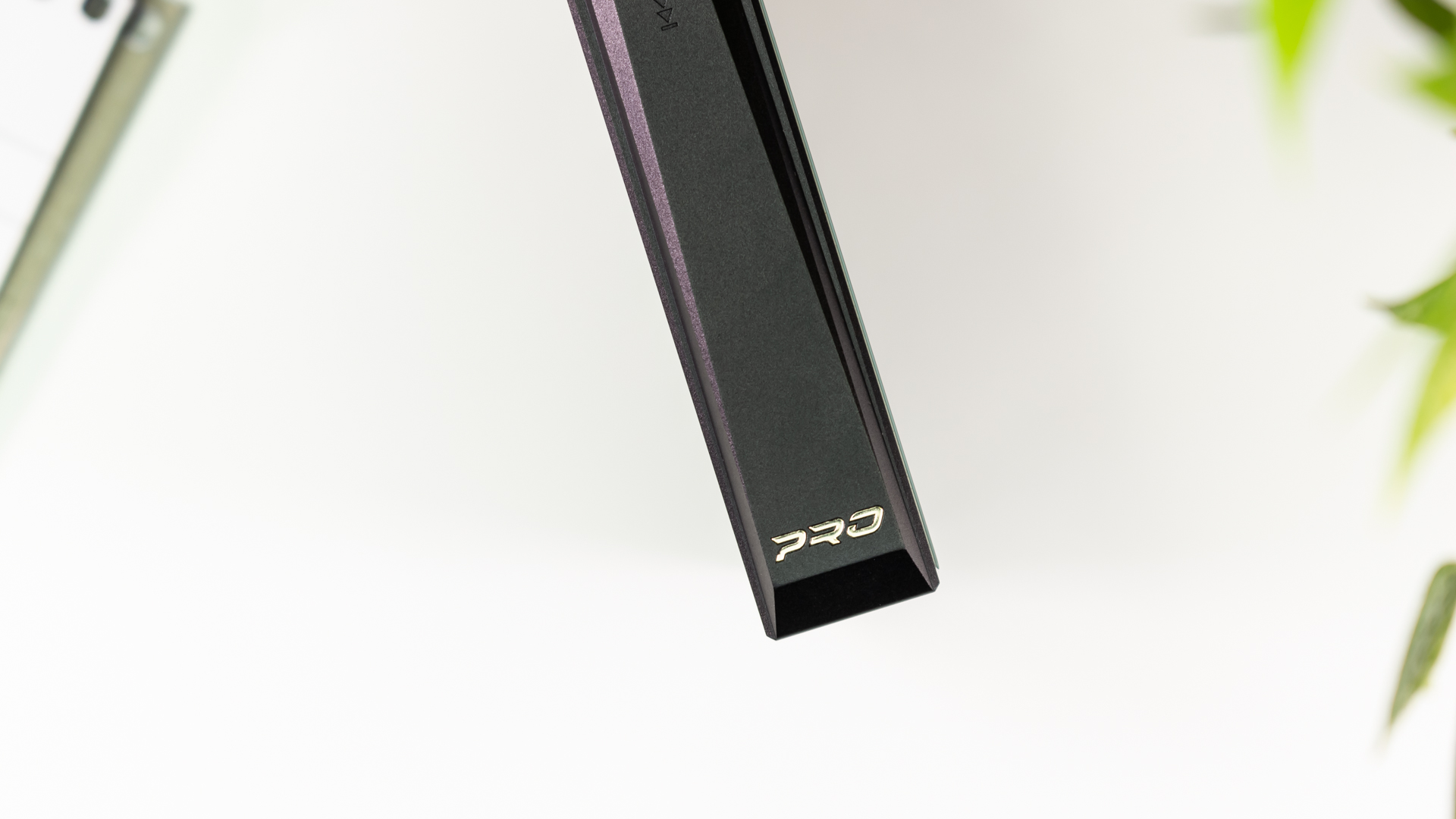
The first is that the noise-floor is already so incredibly low, it seems pretty unlikely that we’d even be able to perceive it. But the second thing to account for is the fact that not all “noise” is actually bad. In many cases an increase in harmonic distortion (specifically even-order harmonics) can subjectively sound more pleasing than what a technically higher fidelity signal can. And this leads us to the sound of the M11 Pro.
Sound
Before I can really get into the sound, I should say that I won’t be able to answer what will probably be the single biggest question about the M11 Pro, and that’s how it sounds compared to the regular M11. The reason I can’t really answer this is because I unfortunately no longer have an M11 available to compare them. So in that regard I’d be relying entirely on my memory.
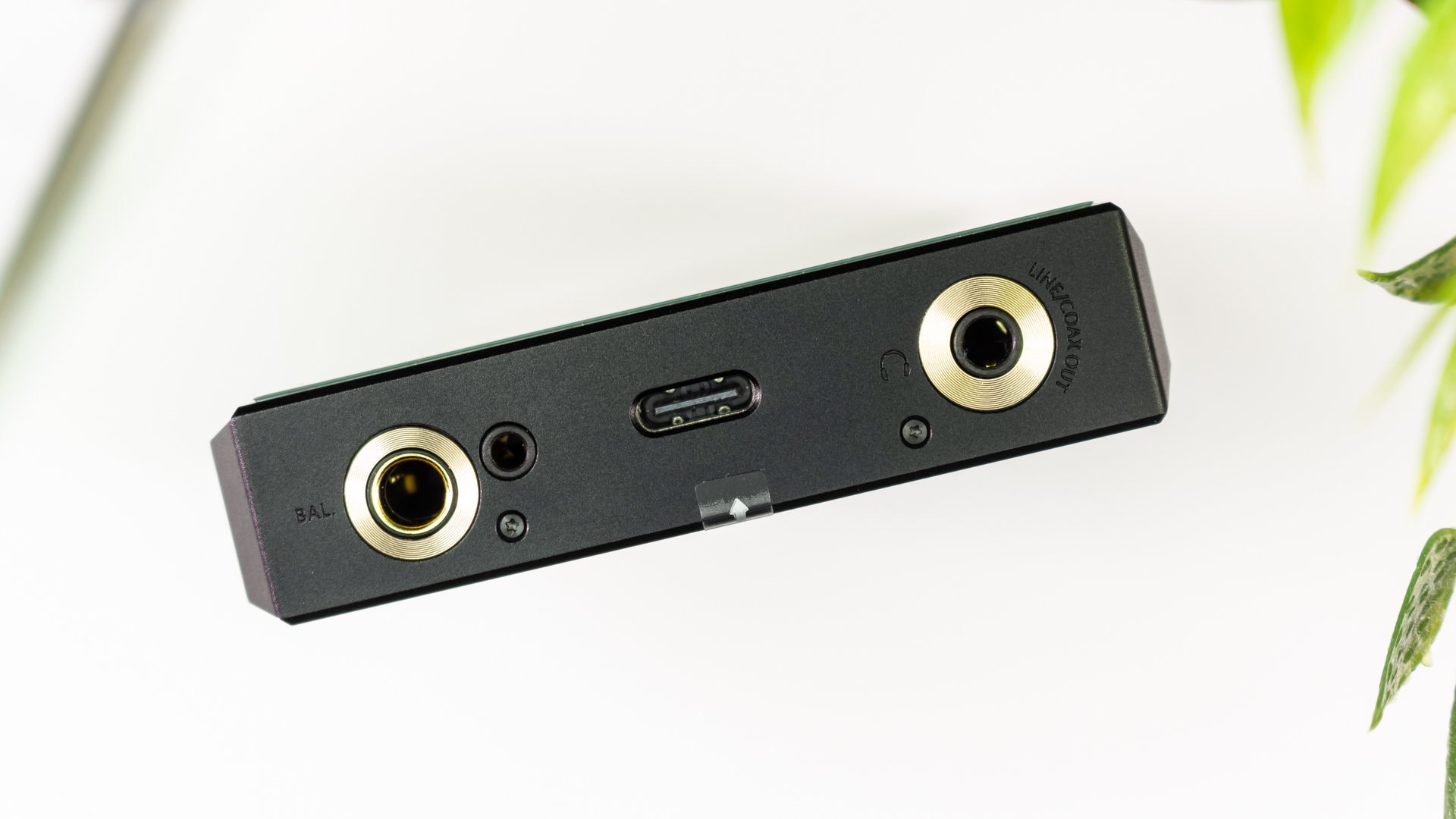
The thing is, the regular M11 does sound great, as far as I’m concerned as there’s nothing that sounded off about it. It’s clean, dynamic, spacious, and vibrant.
But when I listen to the M11 Pro, I really can’t say that anything about it truly stands out about it over the M11. The only thing I kind of feel, is that it maybe sounds a bit cleaner, but that could also be entirely due to a cognitive bias because I know beforehand that it measures better. In a blind test, I really don’t know if I could tell them apart. But who knows; if I could compare them directly, maybe then I would be able to pick up on some more differences, but I reckon they would be incredibly subtle at best.
So anyways, if you want to read or watch my impressions on the sound character as a whole, then you might as well just head on over to the written or video reviews of the regular M11.
Value
The really difficult thing to do is to judge whether the M11 Pro is worth the extra cost over that of the regular M11. With a retail price of around $600-$700 (depending on the region), that means that the Pro can fetch a premium of around $200 or more over that of the M11.
So, let’s consider first what you do get in this case.
Compared to the regular M11, the Pro gets you double the internal storage, a more premium DAC and amplifier setup, a slightly bigger battery, in some cases a little more power and longer battery-life, as well as, technically speaking, roughly half the distortion and a third of the noise-floor overall.
However, now let’s consider what you don’t get. You don’t get any improvement in terms of the processor or amount of RAM, there’s only a single card slot, and we still have the same issue with regards to the limitations of Android 7.0 whereby you cannot install apps directly from the Google Play Store due to the lack of GMS certification for this device.
Again, you’d really have to compare the M11 and the M11 Pro directly with one another and see if you can honestly hear any improvements, as that would be the deciding factor. My gut feeling, on the other hand, is that you’d be buying the M11 Pro for the specs, rather than any obvious improvement in the sound quality.
If I was to make a purchasing decision here, ideally I would like to compare the 2 devices first, but in all likelihood I would follow my own recommendation of saying to just save yourself $200+ and just get the regular M11 as it just has a much better bang-for-buck value considering that it costs around a third less than the Pro.
